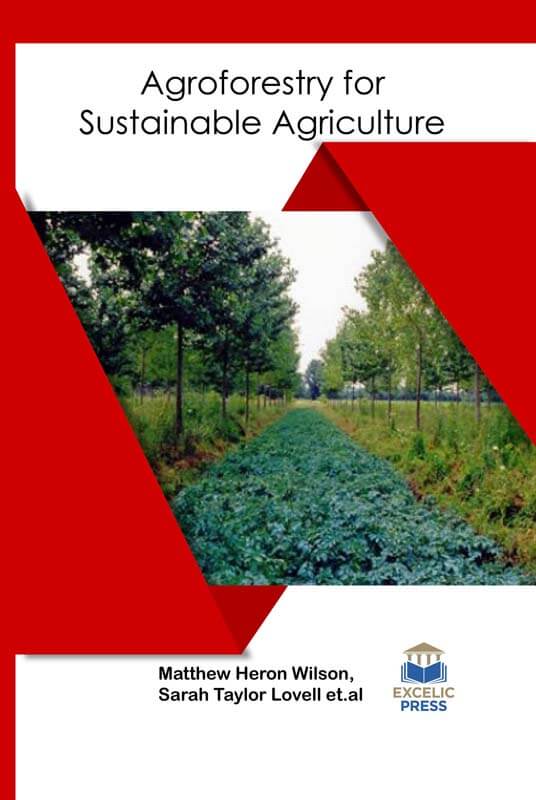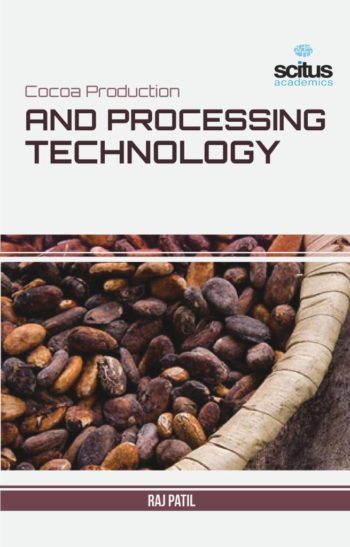Agroforestry is increasingly being recognized as a holistic food production system that can have numerous significant environmental, economic, and social benefits. Agriculture shapes our planet in profound ways. Roughly 38% of the land surface of the earth is used to grow food, making agriculture the largest anthropogenic land use. Expansion in agricultural land is the leading cause of deforestation and native habitat loss. Through careful observation of natural forests, including how forests reestablish after disturbances such as fires or severe storms, and trial and error over many generations, diverse, multifunctional agroforestry was developed traditionally as a foundation for food production throughout the world.
Agroforestry for Sustainable Agriculture reviews the up-to-date research and trends on the role and enactment of key types of agroforestry, and the ecosystem services that agroforestry can provide as well as practices for optimizing the agroforestry practice. In the opening chapter of this book, we examine current organic and conventional agriculture systems and suggest that agroforestry, which is the intentional combination of trees and shrubs with crops or livestock, could be the next step in sustainable agriculture. By implementing systems that mimic nature’s functions, agroforestry has the potential to remain productive while supporting a range of ecosystem services. In this chapter, we outline the common practices and products of agroforestry as well as beneficial environmental and social effects. Current efforts to develop a regenerative agriculture certification supply a chance to contemplate Agroforestry’s role in furthering regenerative goals. To understand this opportunity, this book examines how agroforestry practices can advance regenerative agriculture’s five core environmental concerns: soil fertility and health, water quality, biodiversity, ecosystem health, and carbon sequestration.
Further, the book focuses on the potential of tree and shrub legumes in agroforestry systems; coffee agroforestry for the sustainability of upper sekampung watershed management; shade trees decrease pest abundances on brassica crops in Kenya; germplasm development of underutilized temperate U.S. tree crops; vulnerability of soil and water in Mediterranean agroforestry systems; and soil carbon stock in olive groves agroforestry systems under different management and soil characteristics.
Additionally, the book presents energy analysis, and carbon and water footprint for environmentally friendly farming practices in agroecosystems and agroforestry. In the last, this book presents a study that examines the economic and social potential of agroforestry systems and the barriers to their widespread adoption, as a land-use alternative to swidden cultivation, which may potentially help protect the local forest.














Reviews
There are no reviews yet.